Important implications for the development of therapeutics, and several potential pharmacological targets for the treatment of stress‐related disorders have been identified.



Important implications for the development of therapeutics, and several potential pharmacological targets for the treatment of stress‐related disorders have been identified.

Nanoprobe-based methods can sample the content of a single living cell without affecting its viability.
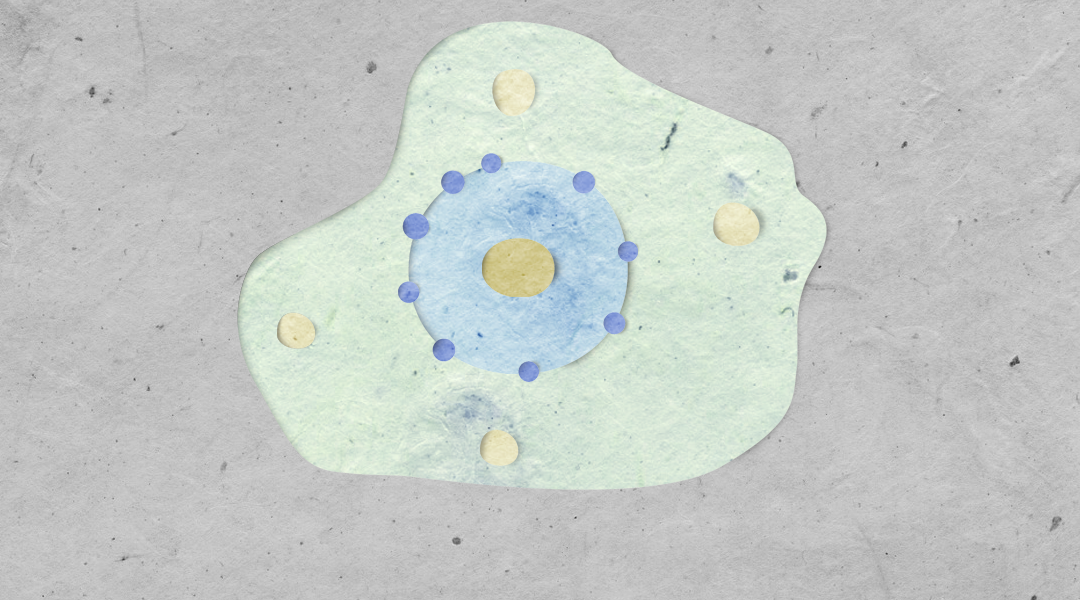
An excellent resource to learn about proteinaceous membraneless organelles is provided in a review in Proteomics.
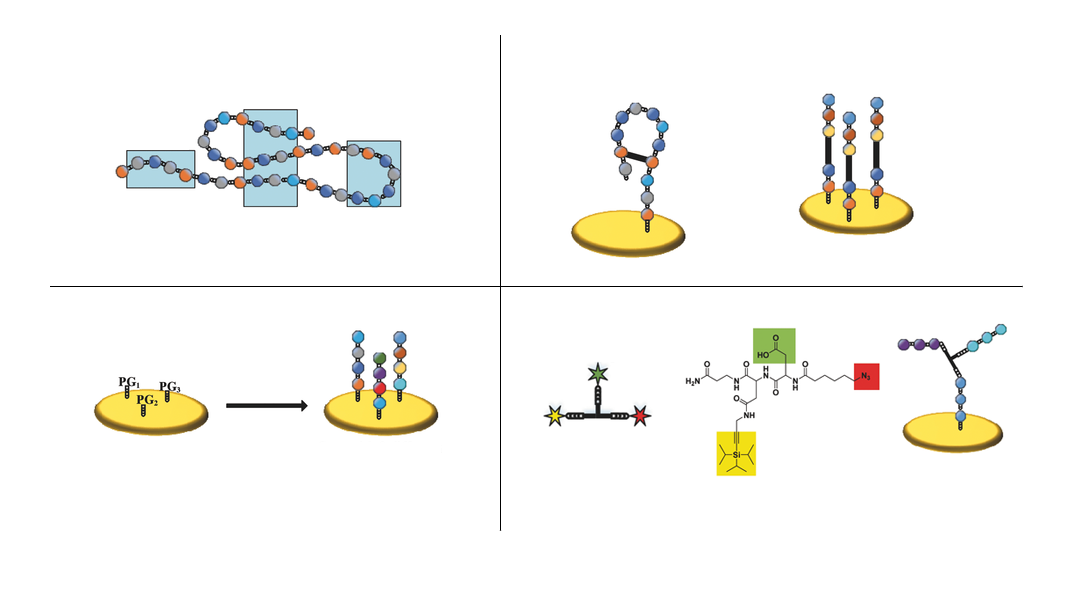
A method to create arrays of branched peptide assemblies as a surrogate for protein arrays is developed.
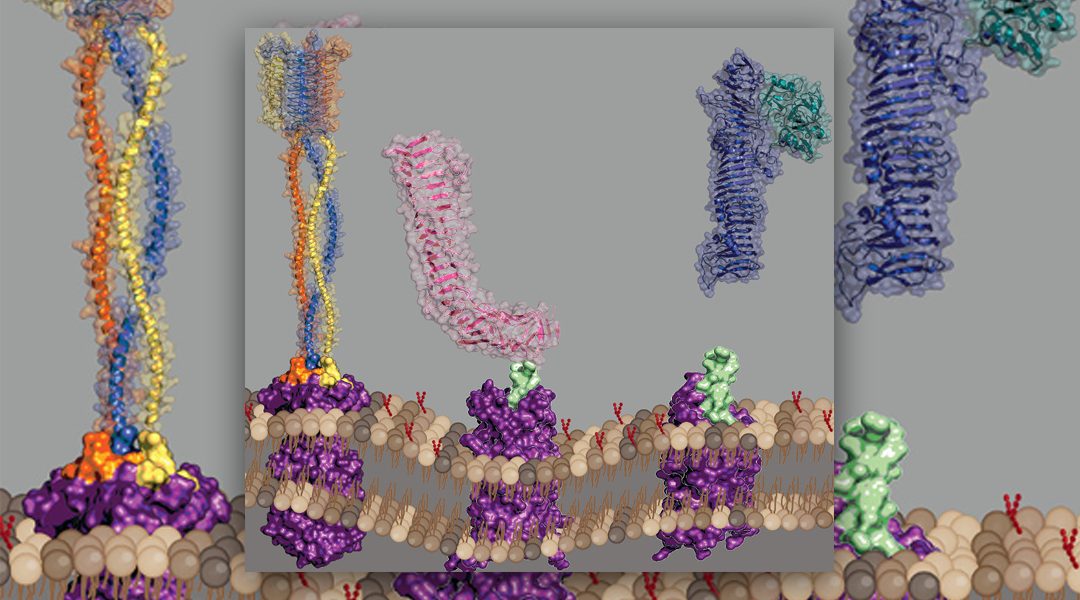
A special issue on the proteome associated with these extracellular environment constituents of different organisms ranging from microorganisms to plants and humans.
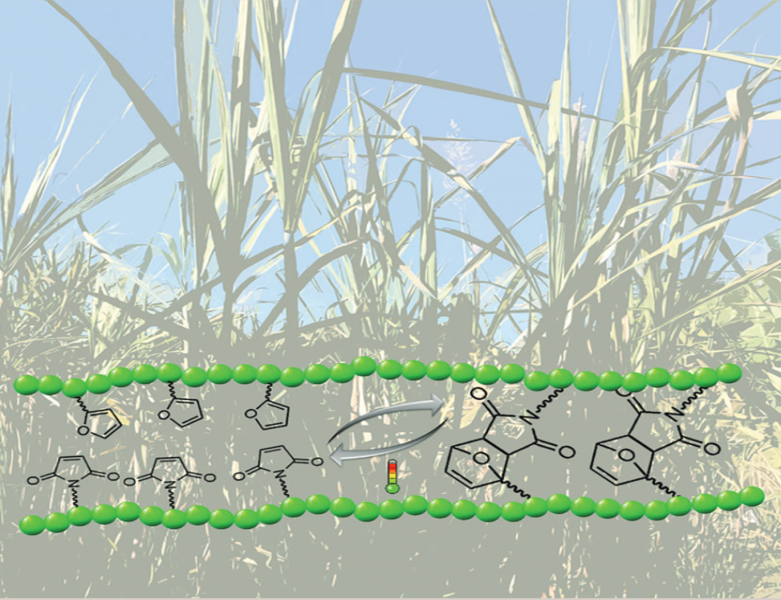
Fats and oils derived from plants, microorganisms and animals are an excellent feedstock for the “green” and renewable chemical industry.

PROTEOMICS is inviting papers for a Special Issue on Omics insights into (nano)materials–organism interactions.
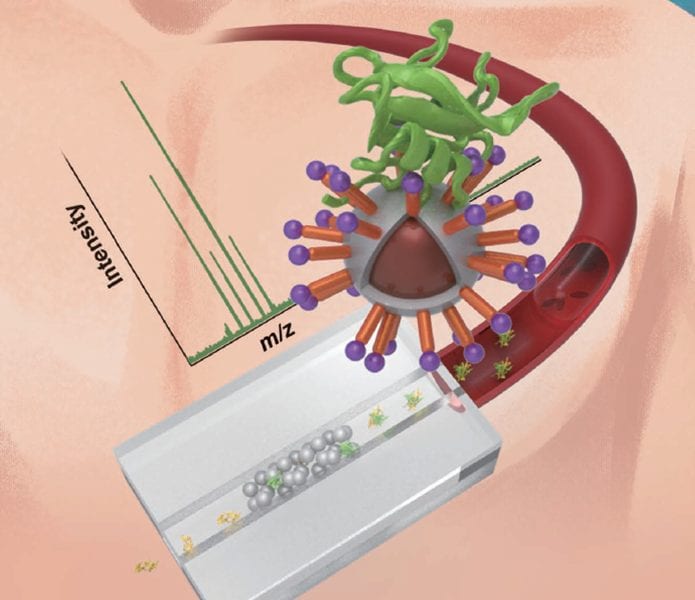
Indium oxide-functionalized magnetic nanoparticles were synthesized and used as solid phase extraction adsorbent on a chip, held with the help of an external magnetic field.
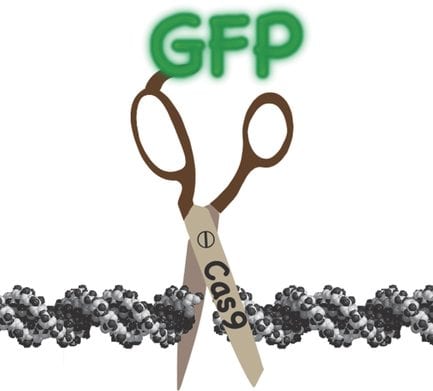
The CRISPR/Cas9 toolbox has been expanded with fluorescent Cas9 and a dCas9 functionalized with a tag able to activate gene expression that can be transfected to cells directly as ribonucleoprotein complexes (RNP).
A knowledge base called PeptideTracker has been designed for collecting and storing information on protein concentrations in biological tissues derived from different experiments along with the acquisition protocols and conditions used.